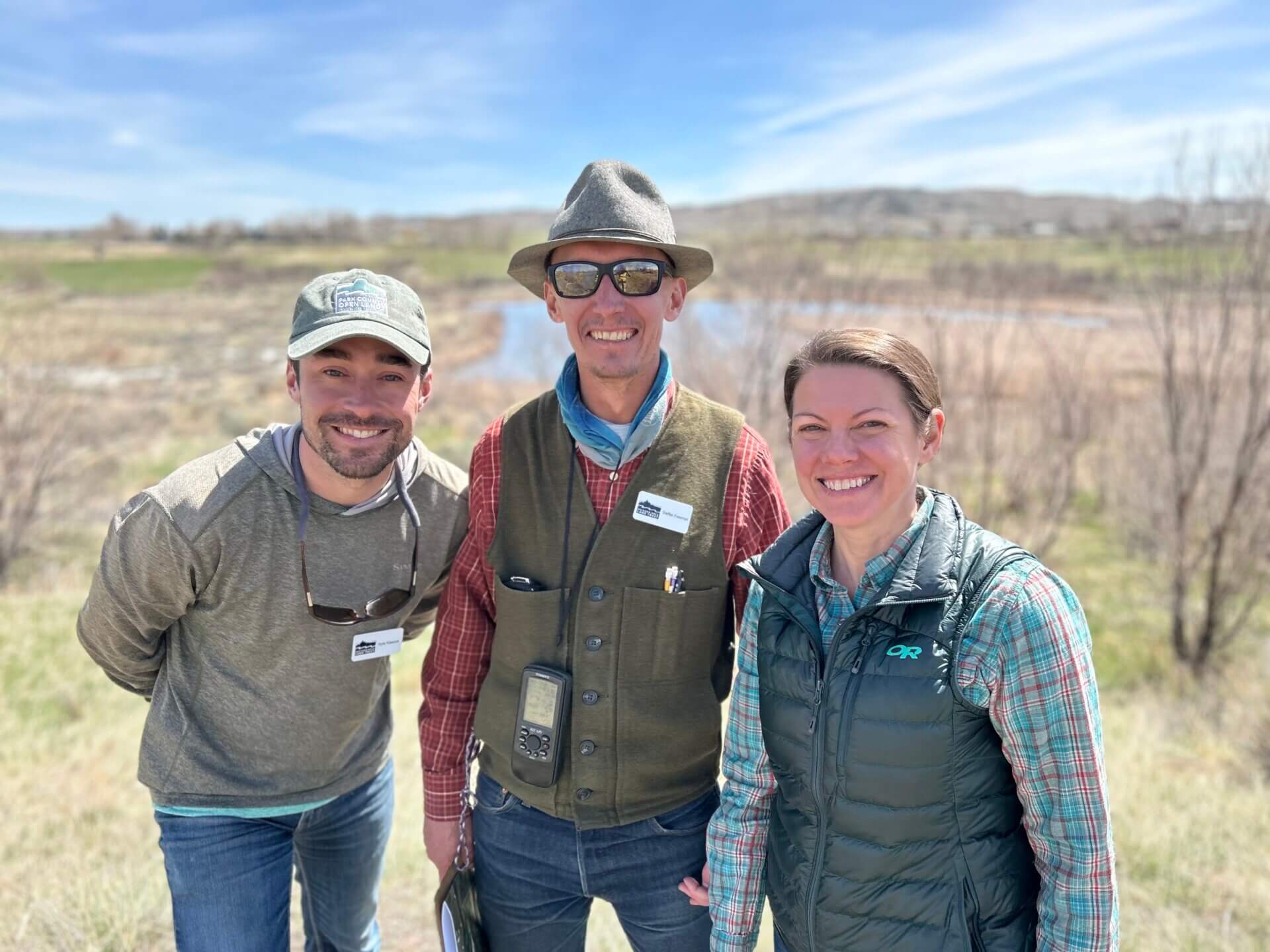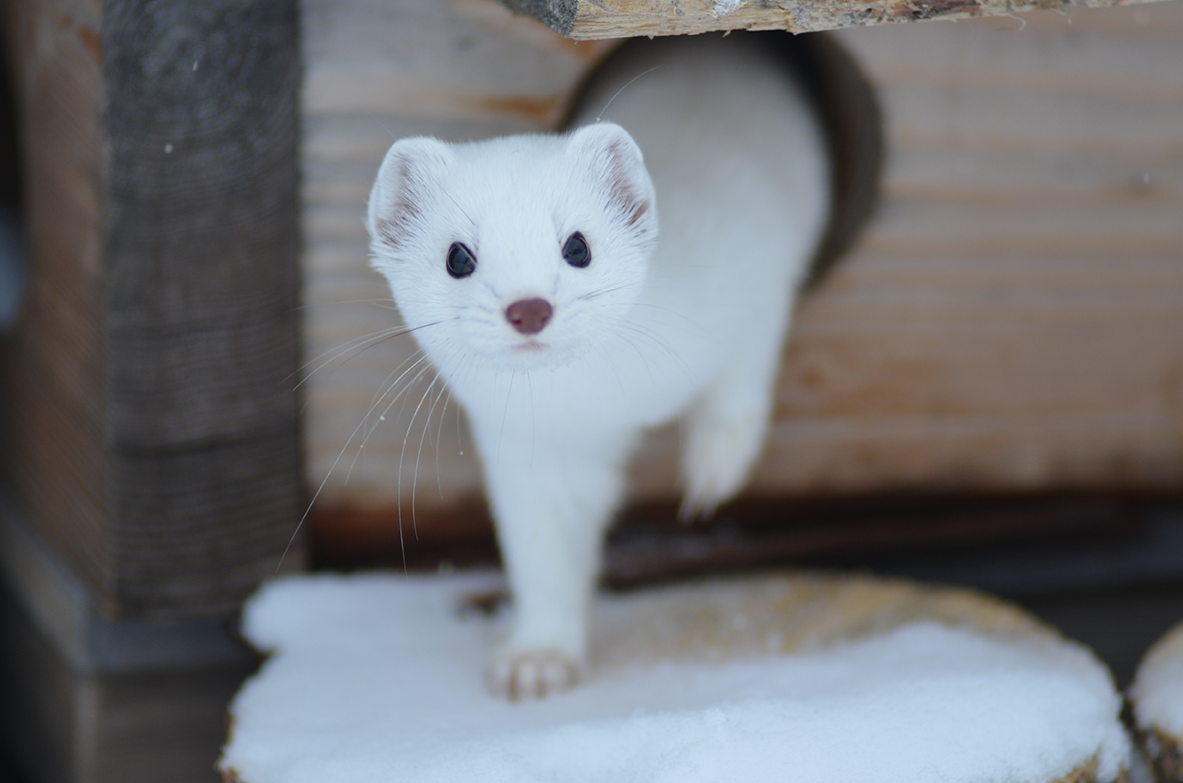
Guardians of the Land
By Alex Few, Park County Open Lands Director
On three sunny spring days sandwiched between rainy weeks, I had the good fortune to visit three landowners and the diverse landscapes they steward. I was there with my colleagues from our stewardship team in Jackson. Stewardship staff at the Jackson Hole Land Trust document the condition of the land before closing a conservation easement and make annual monitoring visits to conserved properties; they were here to do both. These three days on the land left me counting my blessings.
Firstly, I continue to be amazed by the staff and landowners I work with each day. Local landowners working with Park County Open Lands take great pride in the lands they steward, and JHLT staff take great pride in stewarding relationships with landowners. The dedication and passion of both groups were in abundance over these three days.
Secondly, I was struck by the diversity of the landscapes of Park County. From alpine desert to wetland complexes, agricultural pastures, and hayfields, the variety is astounding. These environments support an array of wildlife and plant communities, both wild and domestic. Amidst all this life resides a culture that forms the heart of Park County. One of the properties we visited was an alpine desert. Here, the landowners stitched together habitat over decades, putting back together what was a highly fragmented landscape. Their efforts have created a cohesive habitat teaming with life, life that is so appreciated by the landowner that a catalog of flora and fauna was provided upon arrival, and during our brief visit, we observed serval groups of mule deer taking cover in the hills and valleys of the property.
Another stop was a sprawling wetland complex. This property is a haven for both migratory and resident birds. The landowner is partnering with Game and Fish to restore the riparian areas, enhancing the health of the watershed and ensuring it remains a vital resource for wildlife downstream.
Lastly, we visited agricultural pastures and hayfields that support both livestock and local biodiversity. The landowner here has embraced sustainable grazing practices that benefit the environment and the agricultural economy. With nine rotations across just shy of 400 acres, the fields can rest, maintain fertility, and support wintering mule deer.
Throughout these visits, I was reminded of a profound truth: Property boundaries, easements, and landownership are constructs of our civilization. Yet, we are all part of a community that relies on the land—an ecosystem that provides for us and all its creatures. The commitment of Park County’s land stewards to caring for their land with integrity reflects a deep understanding of this interconnectedness.
As I reflect on these three days, I feel immense gratitude for the opportunity to work alongside such dedicated individuals. Their passion for land conservation inspires me and reinforces the importance of our collective efforts. Together, we are ensuring that the landscapes of Park County remain whole and healthy for generations to come.
